
South Dakota
Policymakers Unwisely Propose Cutting Property Taxes in Favor of Sales Taxes
January 14, 2025 • By Rita Jefferson
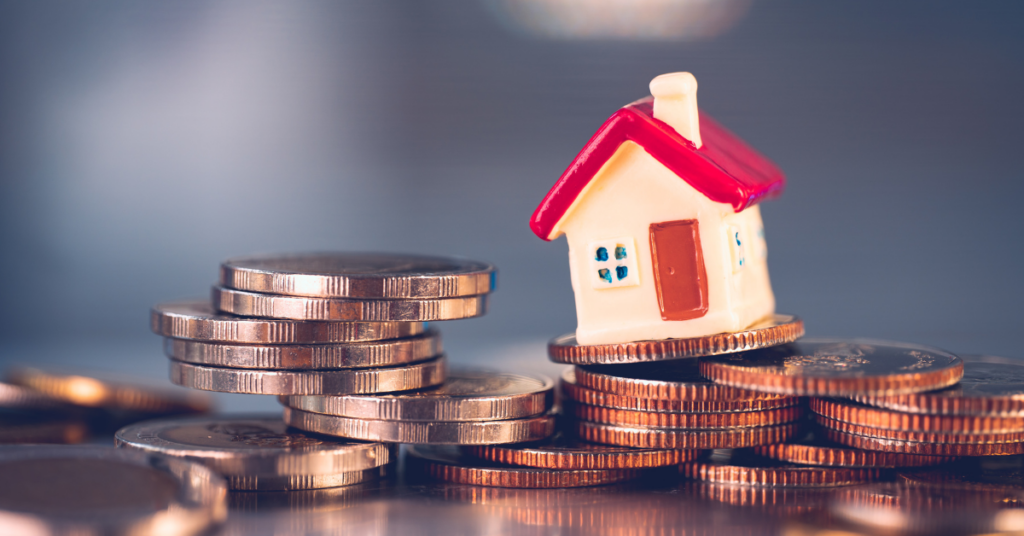
Lawmakers across the country are taking aim at property taxes with a new strategy: raising sales taxes instead. Doing so would create a regressive tax shift that puts unfair burdens on renters and reduces the strength of local government revenues.
2024 State Tax Ballot Questions: Voters to Weigh in on Tax Changes Big and Small
October 17, 2024 • By Jon Whiten
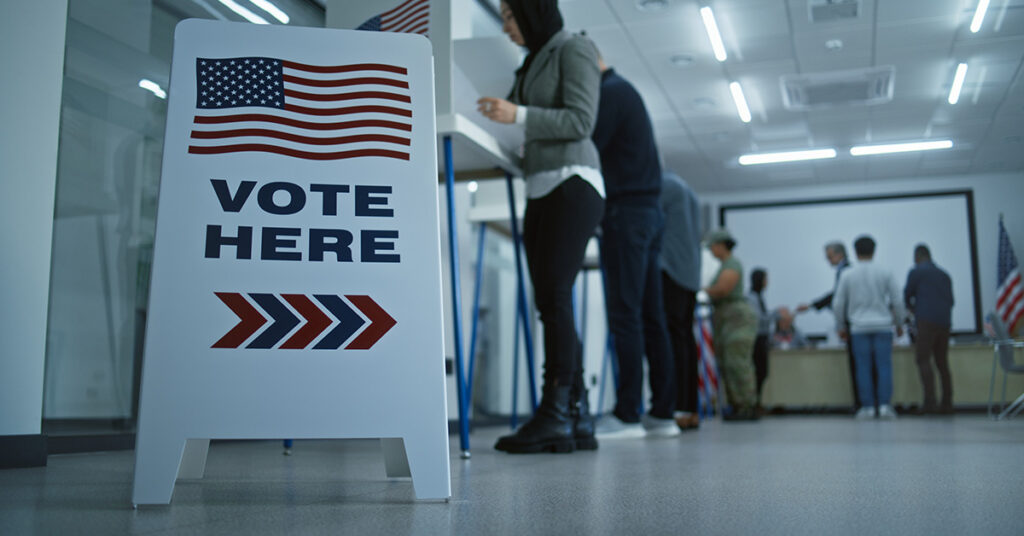
As we approach November’s election, voters in several states will be weighing in on tax policy changes. The outcomes will impact the equity of state and local tax systems and the adequacy of the revenue those systems are able to raise to fund public services.
South Dakota: Who Pays? 7th Edition
January 9, 2024 • By ITEP Staff
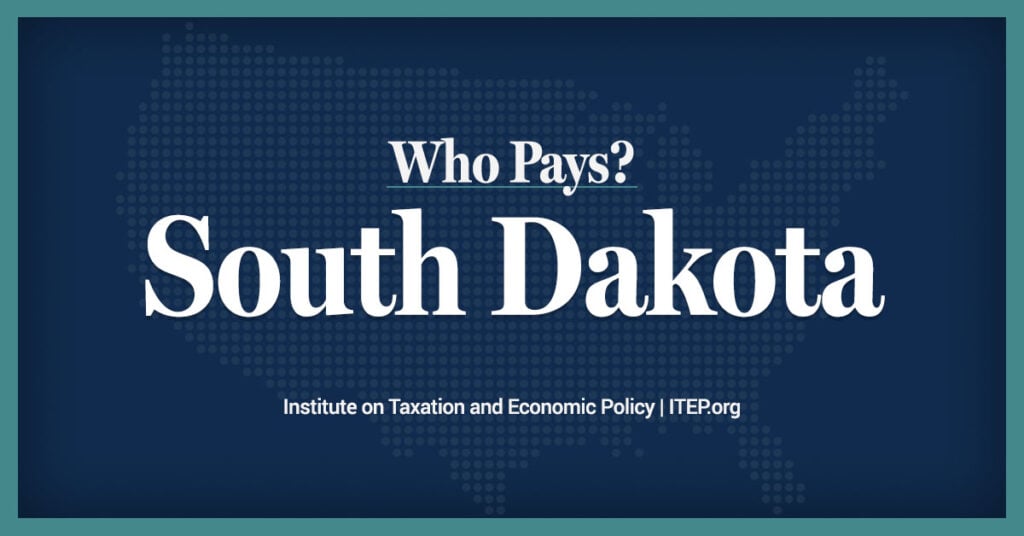
South Dakota Download PDF All figures and charts show 2024 tax law in South Dakota, presented at 2023 income levels. Senior taxpayers are excluded for reasons detailed in the methodology. Our analysis includes nearly all (99.6 percent) state and local tax revenue collected in South Dakota. State and local tax shares of family income Top […]
Voters Have the Chance in 2020 to Increase Tax Equity in Arizona, Illinois, and California, And They Should
October 22, 2020 • By Marco Guzman

There’s a lot at stake in this election cycle: the nation and our economy are reeling from the effects brought on by the coronavirus pandemic and states remain in limbo as they weigh deep budget cuts and rush to address projected revenue shortfalls.
South Dakota: Who Pays? 6th Edition
October 17, 2018 • By ITEP Staff
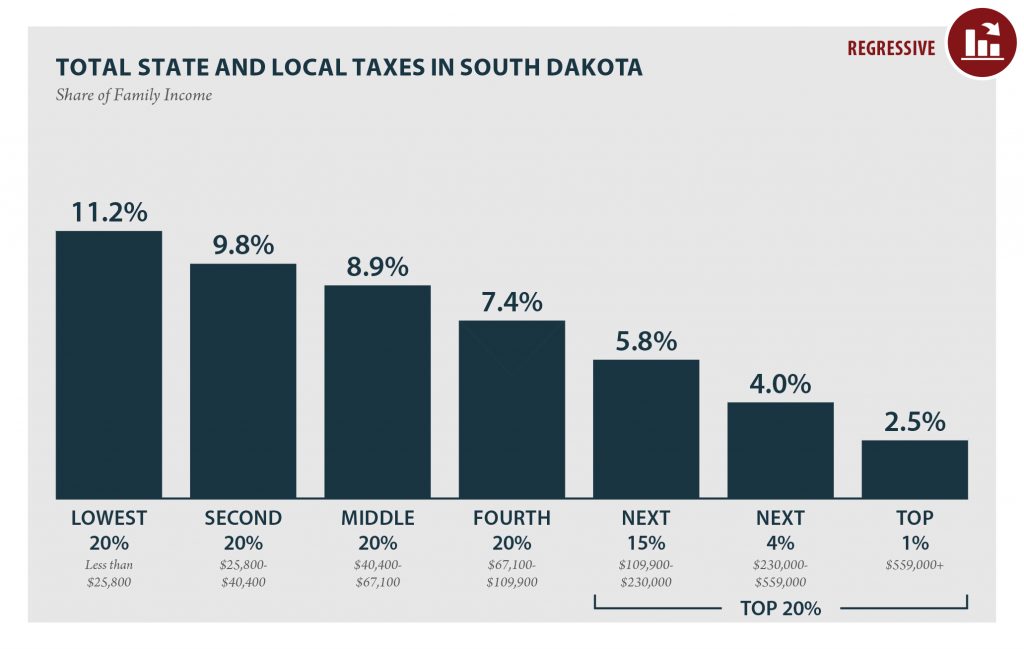
SOUTH DAKOTA Read as PDF SOUTH DAKOTA STATE AND LOCAL TAXES Taxes as Share of Family Income Top 20% Income Group Lowest 20% Second 20% Middle 20% Fourth 20% Next 15% Next 4% Top 1% Income Range Less than $25,800 $25,800 to $40,400 $40,400 to $67,100 $67,100 to $109,900 $109,900 to $230,000 $230,000 to $559,000 […]
Tax Cuts 2.0 – South Dakota
September 26, 2018 • By ITEP Staff
The $2 trillion 2017 Tax Cuts and Jobs Act (TCJA) includes several provisions set to expire at the end of 2025. Now, GOP leaders have introduced a bill informally called “Tax Cuts 2.0” or “Tax Reform 2.0,” which would make the temporary provisions permanent. And they falsely claim that making these provisions permanent will benefit […]
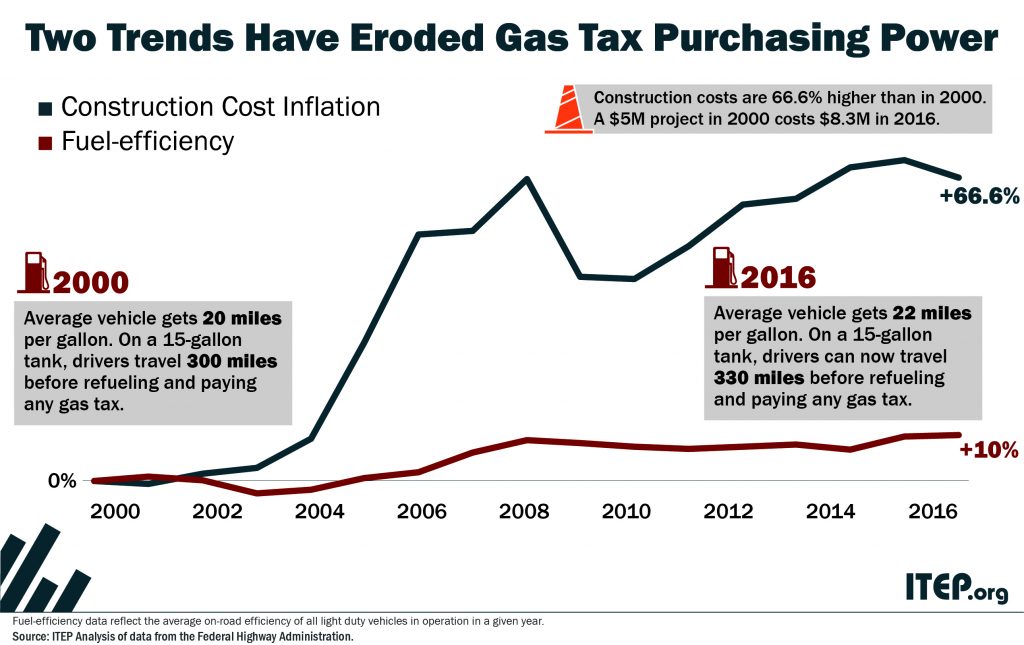
An updated version of this blog was published in April 2019. State tax policy can be a contentious topic, but in recent years there has been a remarkable level of agreement on one tax in particular: the gasoline tax. Increasingly, state lawmakers are deciding that outdated gas taxes need to be raised and reformed to fund infrastructure projects that are vital to their economies.
How the Final GOP-Trump Tax Bill Would Affect South Dakota Residents’ Federal Taxes
December 16, 2017 • By ITEP Staff
The final tax bill that Republicans in Congress are poised to approve would provide most of its benefits to high-income households and foreign investors while raising taxes on many low- and middle-income Americans. The bill would go into effect in 2018 but the provisions directly affecting families and individuals would all expire after 2025, with […]
How the House and Senate Tax Bills Would Affect South Dakota Residents’ Federal Taxes
December 6, 2017 • By ITEP Staff
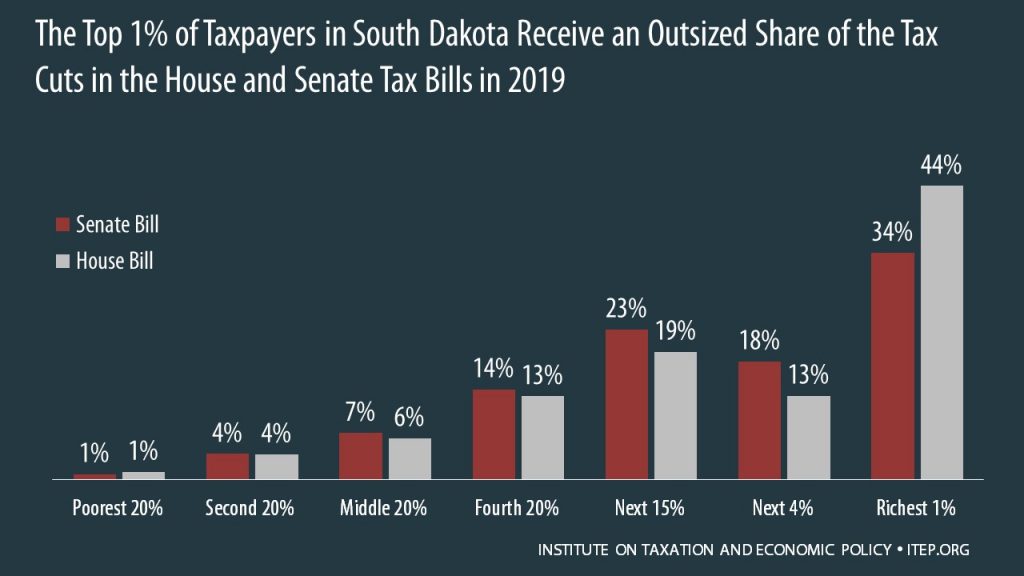
The House passed its “Tax Cuts and Jobs Act” November 16th and the Senate passed its version December 2nd. Both bills would raise taxes on many low- and middle-income families in every state and provide the wealthiest Americans and foreign investors substantial tax cuts, while adding more than $1.4 trillion to the deficit over ten years. The graph below shows that both bills are skewed to the richest 1 percent of South Dakota residents.
How the Revised Senate Tax Bill Would Affect South Dakota Residents’ Federal Taxes
November 14, 2017 • By ITEP Staff
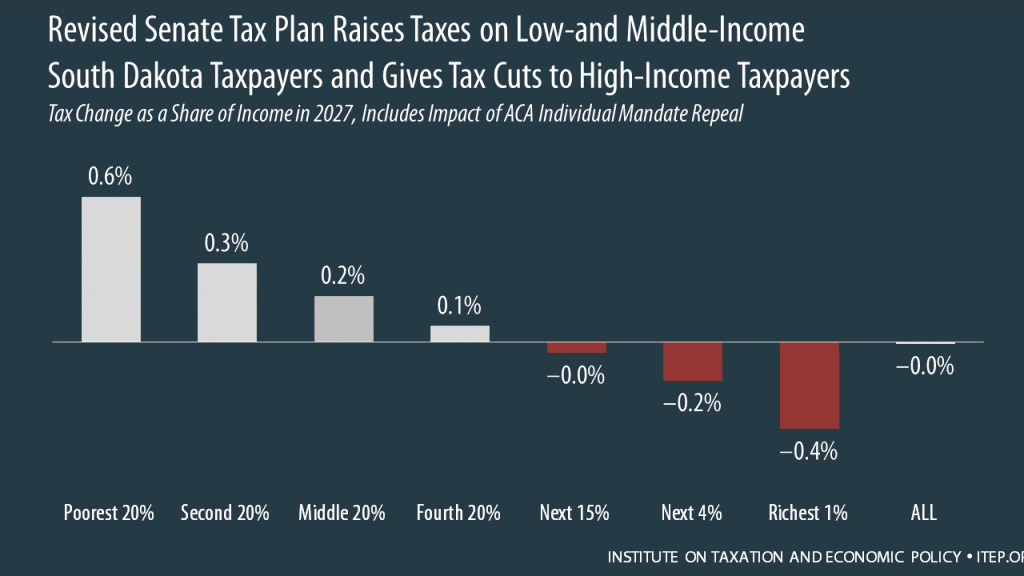
The Senate tax bill released last week would raise taxes on some families while bestowing immense benefits on wealthy Americans and foreign investors. In South Dakota, 54 percent of the federal tax cuts would go to the richest 5 percent of residents, and 5 percent of households would face a tax increase, once the bill is fully implemented.
How the House Tax Proposal Would Affect South Dakota Residents’ Federal Taxes
November 6, 2017 • By ITEP Staff
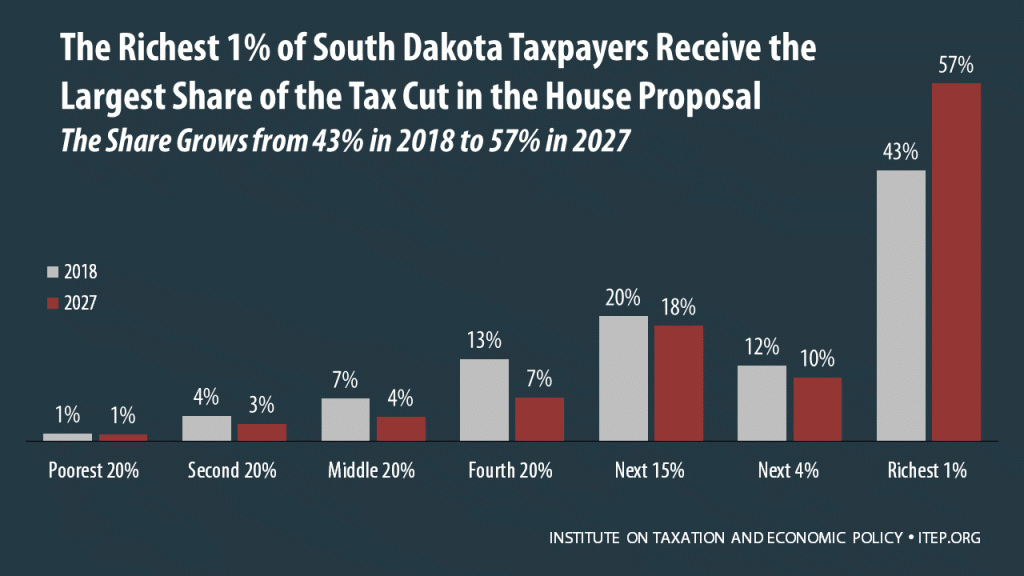
The Tax Cuts and Jobs Act, which was introduced on November 2 in the House of Representatives, includes some provisions that raise taxes and some that cut taxes, so the net effect for any particular family’s federal tax bill depends on their situation. Some of the provisions that benefit the middle class — like lower tax rates, an increased standard deduction, and a $300 tax credit for each adult in a household — are designed to expire or become less generous over time. Some of the provisions that benefit the wealthy, such as the reduction and eventual repeal of the estate…
GOP-Trump Tax Framework Would Provide Richest One Percent in South Dakota with 62.4 Percent of the State’s Tax Cuts
October 4, 2017 • By ITEP Staff
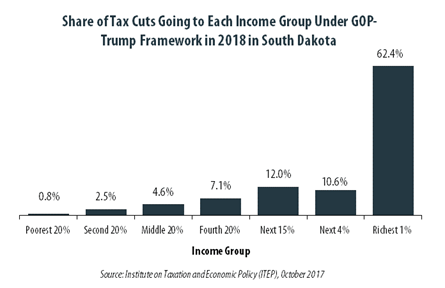
The “tax reform framework” released by the Trump administration and congressional Republican leaders on September 27 would not benefit everyone in South Dakota equally. The richest one percent of South Dakota residents would receive 62.4 percent of the tax cuts within the state under the framework in 2018. These households are projected to have an income of at least $589,600 next year. The framework would provide them an average tax cut of $129,120 in 2018, which would increase their income by an average of 7.3 percent.
In South Dakota 48.3 Percent of Trump’s Proposed Tax Cuts Go to People Making More than $1 Million
August 17, 2017 • By ITEP Staff
A tiny fraction of the South Dakota population (0.4 percent) earns more than $1 million annually. But this elite group would receive 48.3 percent of the tax cuts that go to South Dakota residents under the tax proposals from the Trump administration. A much larger group, 47.7 percent of the state, earns less than $45,000, but would receive just 4.5 percent of the tax cuts.
Trump Tax Proposals Would Provide Richest One Percent in South Dakota with 58.6 Percent of the State’s Tax Cuts
July 20, 2017 • By ITEP Staff
Earlier this year, the Trump administration released some broadly outlined proposals to overhaul the federal tax code. Households in South Dakota would not benefit equally from these proposals. The richest one percent of the state’s taxpayers are projected to make an average income of $1,770,700 in 2018.
Investors and Corporations Would Profit from a Federal Private School Voucher Tax Credit
May 17, 2017 • By Carl Davis

A new report by the Institute on Taxation and Economic Policy (ITEP) and AASA, the School Superintendents Association, details how tax subsidies that funnel money toward private schools are being used as profitable tax shelters by high-income taxpayers. By exploiting interactions between federal and state tax law, high-income taxpayers in nine states are currently able […]
Public Loss Private Gain: How School Voucher Tax Shelters Undermine Public Education
May 17, 2017 • By Carl Davis, Sasha Pudelski

One of the most important functions of government is to maintain a high-quality public education system. In many states, however, this objective is being undermined by tax policies that redirect public dollars for K-12 education toward private schools.
South Dakota Budget and Policy Institute: HB 1182 Raising teacher salaries – how much would taxes change for your household?
February 2, 2017
The combination of property tax savings and sales tax increases will affect each household differently. Raising sales tax by 1/2 cent will raise about $107 million dollars. And decreasing property tax will cost about $40 million dollars. But how much will your household pay to support the change? You can figure that out by answering two questions.
Rapid City Journal: SD tax policies model of unfairness
October 5, 2016
“The non-partisan, non-profit Institute On Taxation And Economic Policy says that in 2015, South Dakota had the fourth most regressive tax system in the United States. Poor and middle-income residents paid, respectively, 12 percent and 8 percent of their earnings to state and local authorities, while the wealthiest paid less than 2 percent.” Read more
The Capital Journal: SD policy institute figures how sales tax increase will affect different households
February 17, 2016
Smolnisky was trying to provide some more context for lawmakers debating the plan, based on an inkling she got months ago about funding an increase in teacher pay using higher sales taxes. “I was sitting next to two teachers and one said, ‘I would like a higher salary, but I don’t want to pay […]
Capital Journal: SD policy institute figures how sales tax increase will affect different households
February 10, 2016
“Smolnisky was trying to provide some more context for lawmakers debating the plan, based on an inkling she got months ago about funding an increase in teacher pay using higher sales taxes. “I was sitting next to two teachers and one said, ‘I would like a higher salary, but I don’t want to pay more […]
South Dakota Budget and Policy Institute: WHO PAYS increased SD sales taxes to raise teacher salaries?
February 8, 2016
“There is broad consensus in South Dakota that teacher salaries need to be competitive to attract and retain good teachers – but who is going to pay for it? Two options have been floated thus far to fund the increase. Some in-depth fiscal analysis and charting helps clarify the difference between these options.” Read full […]
Low Tax for Whom?: South Dakota is a “Low Tax State” Overall, But Not for Families Living in Poverty
September 17, 2015 • By Meg Wiehe
Annual data from the U.S. Census Bureau appear to lend support to South Dakota's reputation as a "low tax state," ranking it 51st nationally in taxes collected as a share of personal income, the lowest overall tax state.1 But focusing on the state's overall tax revenues has led many observers to overlook the fact that different taxpayers experience South Dakota's tax system very differently. In particular, the poorest 20 percent of South Dakota residents pay significantly more of their income (11.3 percent) in state and local taxes than any other group in the state. For low-income families, South Dakota is…
Cheat Sheet: 10 Worst States in America for Fair Tax Systems
July 13, 2015
Americans generally believe that higher income households should pay a greater percentage of their incomes in taxes than lower income households. Yet the exact opposite occurs. The Institute on Taxation and Economic Policy (ITEP) finds the nationwide average effective state and local tax rates by income group are 10.9% for the poorest 20% of individuals […]
South Dakota is a “Low Tax State” Overall, But Not for Families Living in Poverty
September 19, 2013 • By Meg Wiehe
Read the Report in PDF Form See all “Low Tax for Who?” states New data from the Census Bureau lend support to South Dakota’s reputation as a “low tax state,” ranking it 50th nationally in taxes collected as a share of personal income, the lowest overall tax state.1 But focusing on the state’s overall tax […]
South Dakota: Should SD repeal the grocery sales tax with a revenue neutral sales tax increase?
August 26, 2013
SD HB1154 proposes lowering state sales tax on certain food items and increasing sales tax on other goods and services in a revenue-neutral exchange. Read the Full Report
